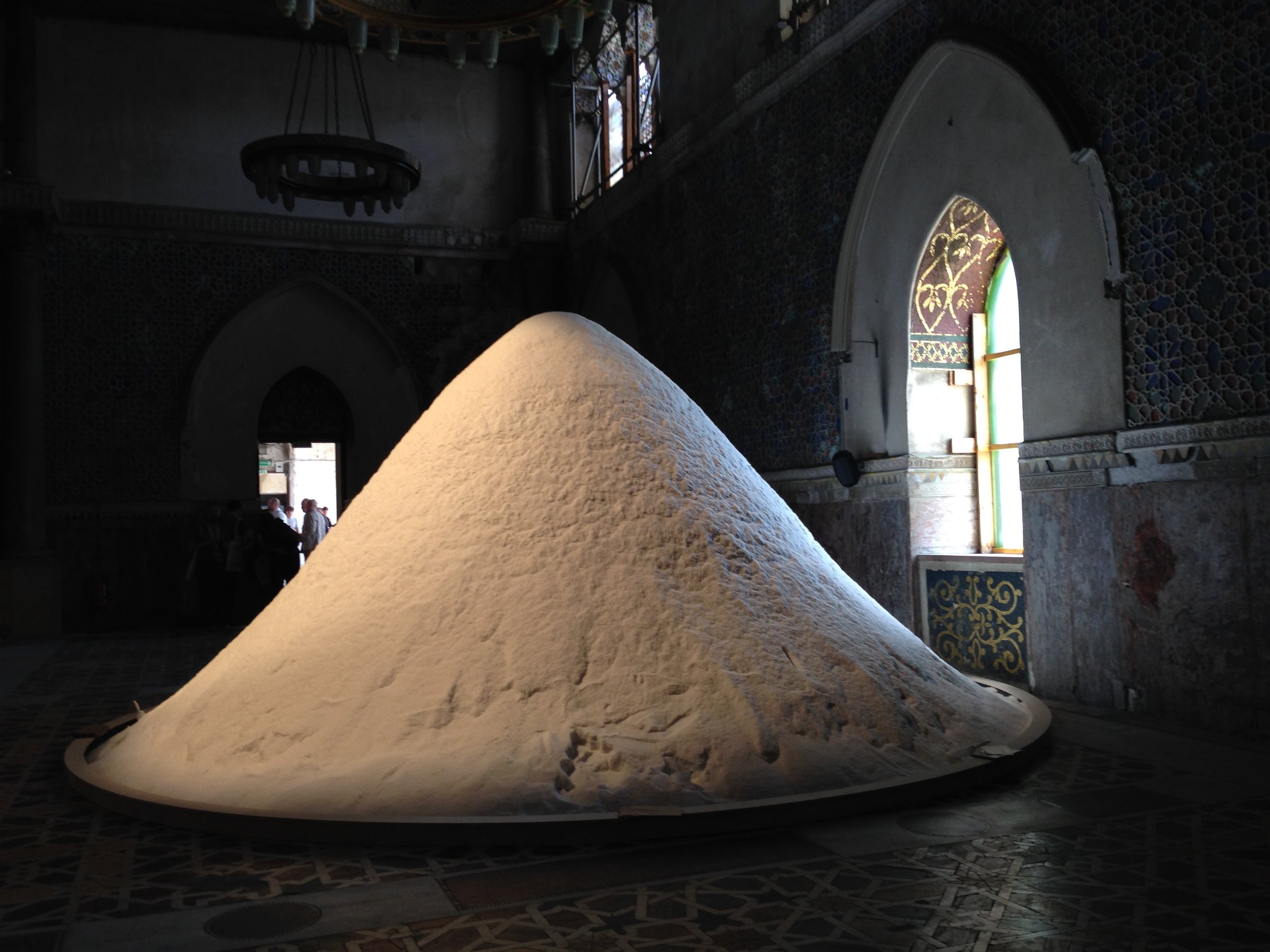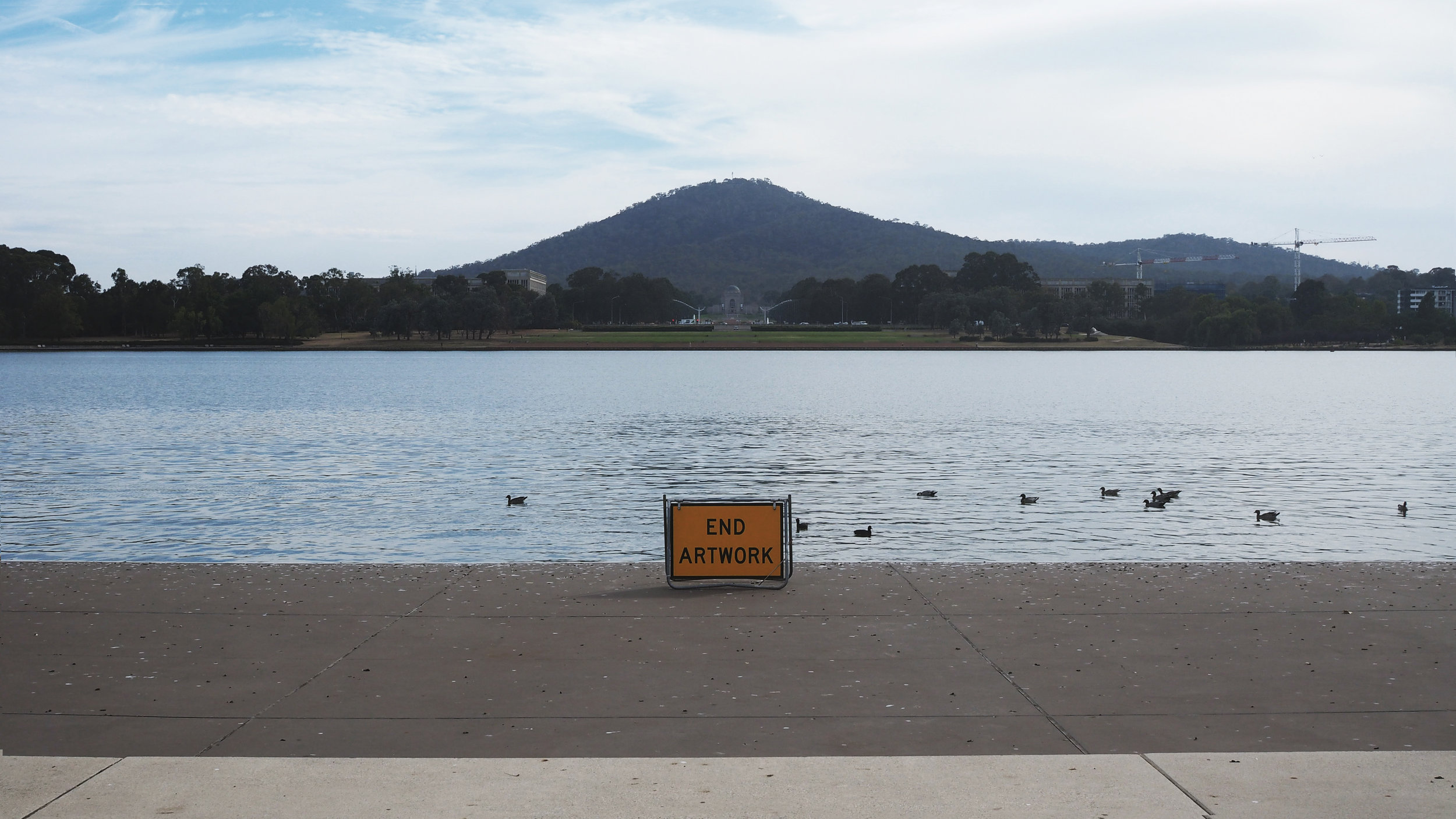For visitors to this sweeping city, Canberra appears almost otherworldly in its artificiality, or at least like nowhere else on the planet. For many natives, though, its sacred cosmic structure and fascist-style architecture are so familiar and indwelling that they’re nearly non-existent, purely imaginary, like a screen or backdrop which prevails only in the atmosphere between A to B. This means there are many blindspots, no-places and topographies to be disclosed, spotlighted, activated and reflected. There is much to be made of this place. And that’s the challenge presented to the artists and anybody else who lives here – on the lands of the Ngunnawal and Ngambri peoples, the ‘neutral ground’ of the nation’s capital.
Certainly, that’s the value of the ‘Contour 556’ project and the opportunity provided by local arts patrons and landscape architects Neil Hobbs and Karina Harris, who have fostered and curated this free public festival since 2016. Now matured and properly supported in its second iteration, Canberra’s public art biennial takes place in and around the symbolically designed landscape of Lake (Walter) Burley Griffin, a grandiose man-made water feature that dictates how we traverse and make a living here. Despite its colonial history being about as deep (pretty shallow) and muddy as its waters, the lake’s surface lends its name to the event and provides the architectural frame for the artists’ interventions. Importantly, it embodies the festival’s goal of embedding a different memory of place for its inhabitants, a shift in perspective, or, perhaps, a psychological (re)orientation.
Until 28 October, around 50 Canberran locals, together with national and international artists Tony Albert, Karla Dickens, Alex Gawronski, Glen Hayward, Jae Kang, Sanné Mestrom and Richard Tipping, among others, are seeking to engage audiences through site-specific installation, performance, storytelling, poetry and an augmented reality app, with more traditional formal sculpture to be found not in its usual place. In doing so, ‘Contour 556’ aims to interrogate the power of such aberrations to affect how we see and remember space more deeply, totally and really, and, further, how we perceive ourselves within this particularly lulled locality.
Whether the artworks manage to achieve such a transformation, beyond the momentarily spectacular or novel (passive) spatial engagements of their instalment will take further time as the exhibition is fully absorbed into our memory. In the meantime, what it does confirm is that the ‘cultural or physical character of Canberra’ can’t be found on any map, as in Herman Melville’s Moby-Dick – true places never are.
Visit www.contour556.com.au for the full program of events.
Oscar Capezio is currently Critic-in-Residence at ANCA, Canberra, in a special project partnership with Art Monthly Australasia.



































